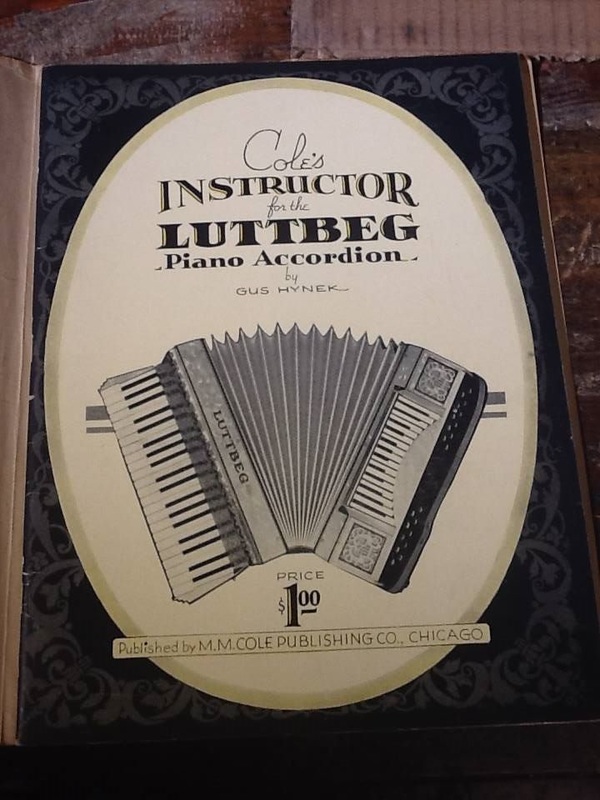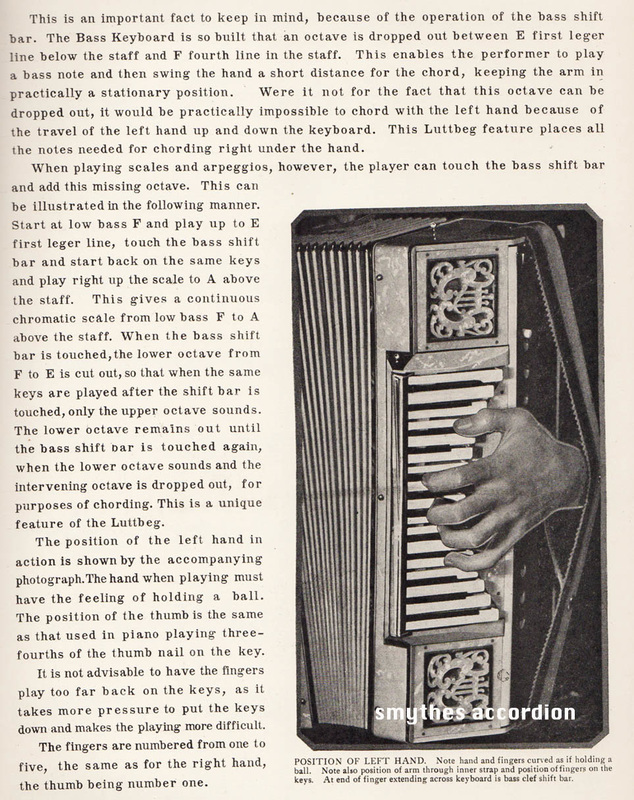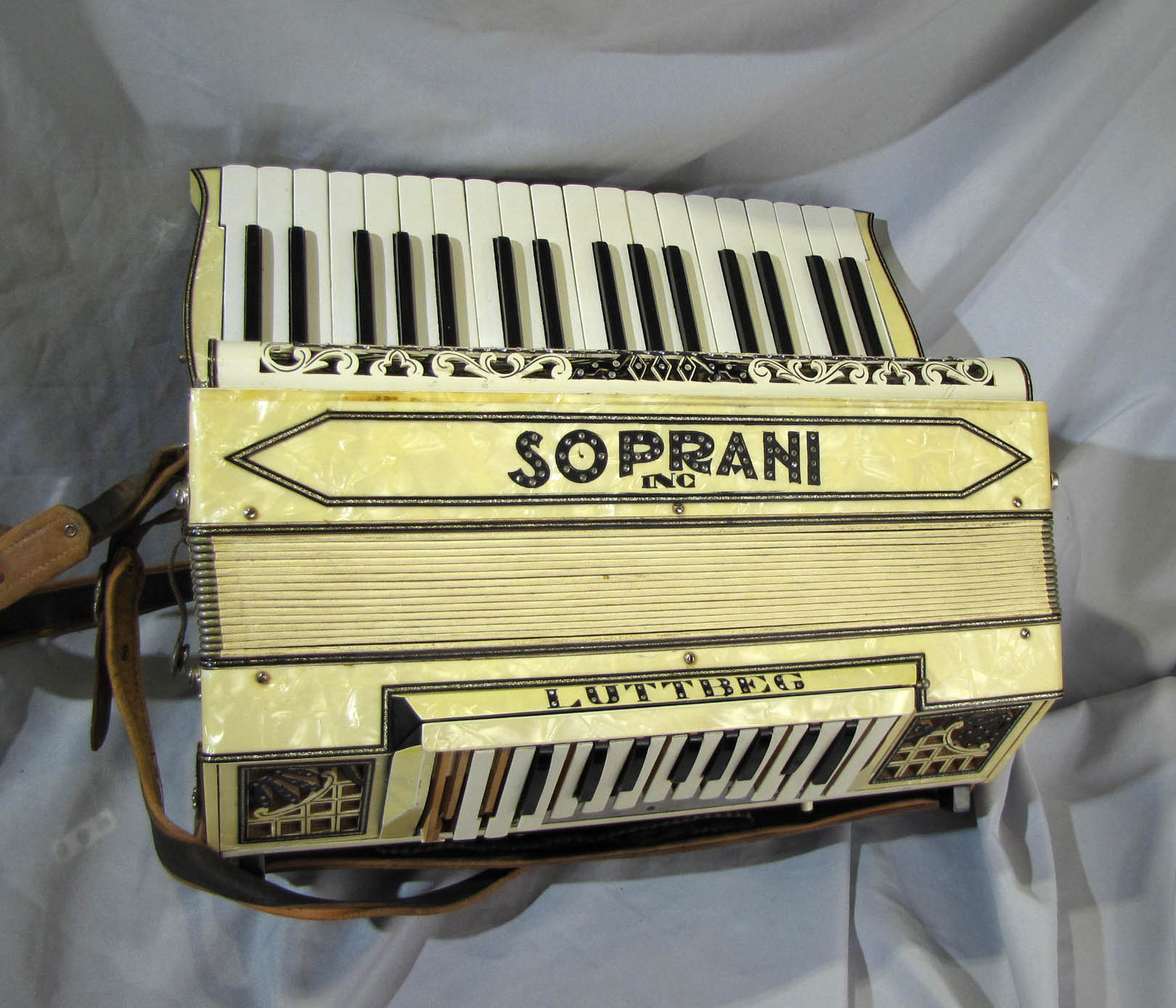“A little rust”
Rust on accordion reeds is something I run into from time to time and opinions are varied about what to do when it occurs.
Rust happens for a couple of different reasons, most of them due to moisture (I will get into the exception later). Rust starts to occur when the general humidity is over 45% but steel is a bit more resistant and blueing helps a bit too. Dew point is a big problem; when the temperature of a surface is below the dew point of the surrounding air (you left your accordion in the cold car then brought it into the stuffy hot club and started to play at once) moisture will condense on the cold surface of the reed.
Dirt and salt can also hold moisture and tend to make rust more likely by keeping the moisture there longer. (e.g., playing near the ocean for extended times).
I can often tell how the rust occurred by where the rust is. For instance, rust on tips of reeds is often caused by playing outside in damp environments. I get this from accordions that are played on sea cruises.
Rust on just one side of the inside of an accordion is often caused by being stored against a cold surface like a exterior building wall , or a cold floor. Closets are good storage areas as they are almost never against outside walls for just this reason. This type of rust take months to form and possibly years. The worst is when the instrument was in a basement that flooded on occasion; this usually leads to bad rust especially on the bass side, and corrosion on the outside of the instrument (and its case’s hardware). Specifically, the wood bass plate and the instrument case will have warped and delaminated, and the bass machine of the accordion will have rust and corrosion.
There are several ways to deal with rust.
For small spots or a thin dusting, scraping or sanding the rust off and keeping the instrument in a dry location after will take care of the problem. It is not really true to say that once you get rust it will keep coming back. I think it is more that the instrument gets returned to the environment that caused the rust in the first place, so it comes back. Rust is hydroscopic and will tend to cause more rusting. The reeds will have to be retuned after the rust is removed.
Desiccant packs in the accordion and in the case will a long way to combat further rust if you can’t do much about the environment. If you live on a boat, for example, you can keep the accordion in a plastic bag and keep the desiccant in with it.
If there is actual pitting of the metal, the reed should be replaced because the amount of filing or grinding that would be required to get it back in tune may not leave you with much reed, and the pitting leaves weak points that may lead to cracks later.
I have worked on old bandoneons that have reeds so thin that the rust made tiny holes through the reeds. This is often tolerated because it is very difficult to replace reeds in bandoneons.
The odd man out here is Hohner accordions from the 1950’s to about the 1970’s. The outsides of these accordions can look flawless but the inside will have corrosion confined entirely to the area contained by the bellows. The rust will tend to be on the bottom of the reed near the rivet. These accordions also often have loose valves floating around inside the instrument and they will come off the reed plates with almost no resistance. The valves will be of the plastic type.
I have run into many of these over the last 20 yrs and it was a bit of a mystery: instruments with almost no playing time often seemed to be worse in worse shape than working instruments. The mystery was solved about a year ago when I was dealing with some old movie film and I had to do a bit of research before trying to sell it. Many of the listings I found on eBay mentioned that the film “had no vinegar smell”. Well, vinegar is acetic acid, old movie film is a type of celluloid, and celluloid was the base for some early types of adhesives for this new thing called plastic! So it appears that this new glue is what Hohner used. The glue breaks down over time, the acid fumes collect inside the accordion, the reeds rust and the valves fall off. Or, if the instrument is played regularly, the fumes get purged regularly and the valves just fall off and get caught in the reeds and the instrument needs to be stripped down and rebuilt anyway.
If you rebuild one of these Honers ALL the plastic valves must be removed (the valves with the leather type backing may use a different type of glue). You can often reuse the valves if the glue remains can be scratched off. The glue must be scraped off the reed plates.
I used to work on jet aircraft in the early eighties and jet engines oddly enough suffer from the same sort of problems (some types of jet engines even have a type of reed). This website about jet engines has some interesting related info about rust: http://www.jetenginestorage.com/humidity.htm.
Another interesting and amusingly written page from the British Royal Society of Chemistry is here: http://www.rsc.org/chemistryworld/podcast/CIIEcompounds/transcripts/rust.asp.



 RSS Feed
RSS Feed